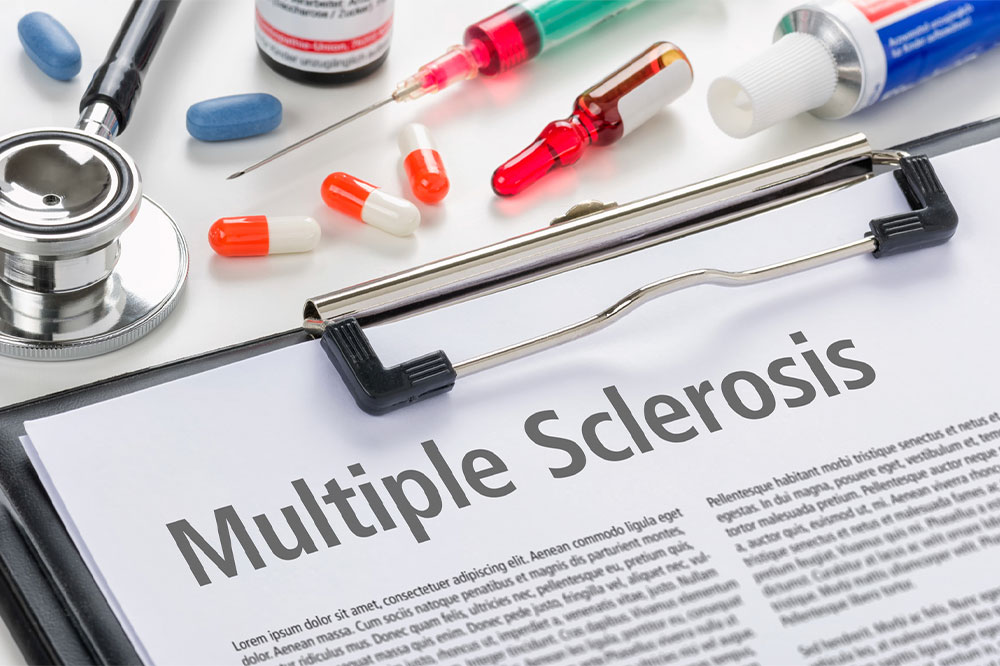Understanding Multiple Sclerosis: Types, Symptoms, and Treatment Strategies
This comprehensive overview discusses multiple sclerosis (MS), covering its types, symptoms, diagnostic processes, and treatment strategies. It highlights the importance of early diagnosis and management to reduce disability risks and improve quality of life for MS patients. The article emphasizes current therapies, medication options, and ongoing research aimed at better handling progressive forms of MS, encouraging proactive healthcare approaches.

Understanding Multiple Sclerosis: Types, Symptoms, and Management Options
Multiple sclerosis (MS) is an autoimmune inflammatory condition impacting the myelin sheaths of nerve fibers within the central nervous system. This damage leads to neurological impairment, with over 30% of patients experiencing significant disability within two decades. MS manifests through intermittent symptom episodes affecting various regions, making it one of the leading causes of disability among young adults.
Classification and stages of MS MS is divided into four categories:
Clinically isolated syndrome (CIS) - An initial neurological event lasting at least 24 hours, presenting as the first sign of MS.
If further episodes occur, the diagnosis may evolve into relapse-remitting MS (RRMS).
Relapse-remitting MS (RRMS) - The most common form, affecting approximately 85% of patients, characterized by relapses of new or worsening symptoms followed by periods of partial or complete recovery.
Primary progressive MS (PPMS) - Marked by a gradual, continuous worsening of symptoms without initial relapses, affecting about 15% of patients. Some may experience temporary stability during disease progression.
Secondary progressive MS (SPMS) - Begins with relapses and remissions but gradually shifts into a steady progression of disability.
Early signs of MS usually emerge between ages 20 and 40 and include vision disturbances, numbness, muscle spasms, fatigue, dizziness, bladder issues, sexual dysfunction, and cognitive challenges. As the disease advances, secondary symptoms such as physical weakness, emotional stress, and other complications may develop.
Less common symptoms include hearing problems, seizures, tremors, breathing difficulties, and taste alterations, often appearing during relapses.
Treatment options for MS focus on managing symptoms, as there is currently no cure. Therapies include corticosteroid treatments during relapses, symptom-specific medications like injectables or oral drugs, and disease-modifying therapies (DMTs) to reduce relapse frequency and severity. DMTs can slow disease progression in relapsing forms but are less effective for progressive MS types. Ongoing research is exploring new therapies for advanced MS stages.
Common MS medications aim to modify disease activity and include drugs such as beta interferons (Avonex, Betaseron, Rebif), Cladribine (Mavenclad), and others designed to protect nerve fibers and reduce symptoms.
Diagnosis methods involve a combination of tests since no single test confirms MS. These include blood analyses to exclude infections, neurological exams assessing coordination and vision, MRI scans of brain and spinal cord, cerebrospinal fluid analysis for specific proteins, evoked potentials measuring nerve electrical activity, and optical coherence tomography to detect retinal changes indicative of brain atrophy.
MS affects the brain and spinal cord, leading to diverse symptoms like vision problems, mobility challenges, sensory issues, and balance difficulties. Although it can cause significant disability, early and ongoing treatment can help manage symptoms effectively. While MS may marginally shorten life expectancy, patients who maintain a healthy lifestyle and follow treatment plans can live comparably to individuals without the condition.










